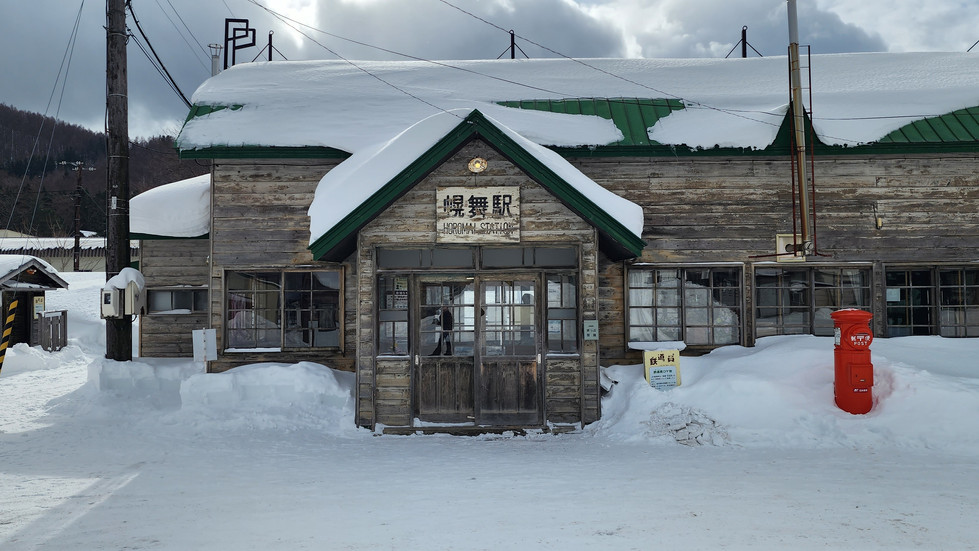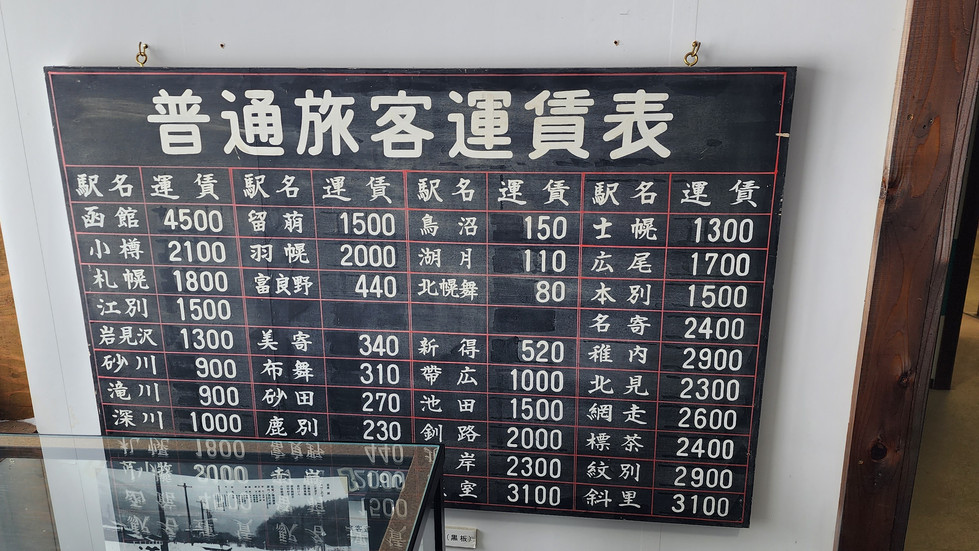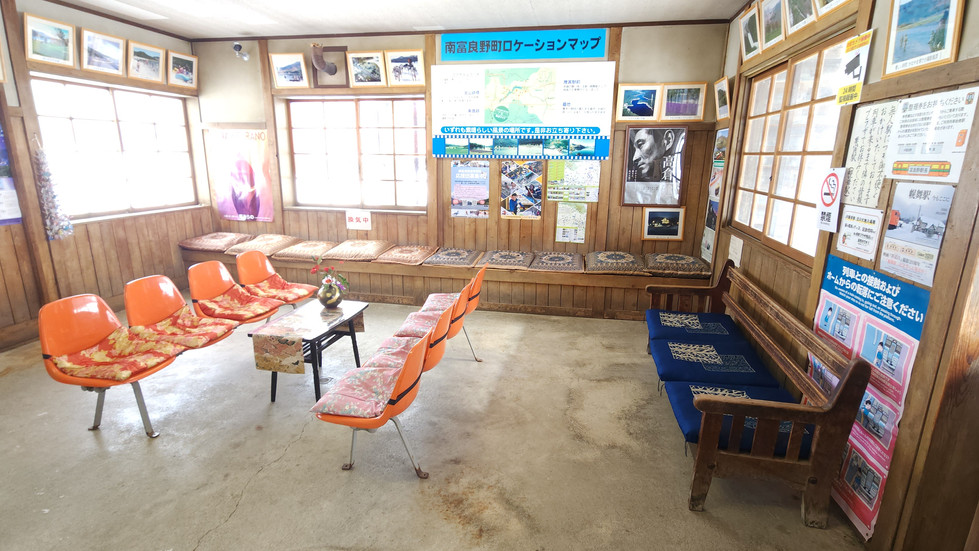Ikutora Station
Minamifurano
Nestled amidst the rolling hills and verdant fields of Minamifurano, Hokkaido, lies Ikutora Station, a seemingly ordinary railway stop with a story far richer than its unassuming facade suggests. This quaint wooden structure, weathered by time and witness to countless journeys, embodies a bygone era of rural Hokkaido, carrying within its walls whispers of history, film magic, and the quiet resilience of a community.
Ikutora Station opened its doors in December 1902, marking a significant step in connecting remote Hokkaido settlements to the wider nation. The arrival of the railway not only facilitated transportation but also breathed life into the surrounding area, fostering economic growth and cultural exchange. Farmers could transport their produce to distant markets, and travellers could explore the beauty of Hokkaido's vast landscapes. The station became a vital hub, a meeting point for locals and visitors, and a silent observer of countless lives unfolding on its platform.
Celluloid Dreams
In 1999, Ikutora Station's quietude was shattered by the silver screen. Director Yasuo Furuhata chose the station as the setting for his heartwarming film "Poppoya," also known as "The Railroad Man." The movie, based on a true story, tells the tale of a former train conductor who single-handedly maintains a decommissioned railway line, refusing to let go of his passion for trains and the community they connect. Ikutora Station, renamed Horomai Station in the film, became a central character, its rustic charm and melancholic atmosphere mirroring the protagonist's unwavering spirit. The film's success brought renewed attention to the station, transforming it into a pilgrimage site for fans and sparking a wave of nostalgia for a simpler time.
Beyond the Shutter
While the film's legacy undoubtedly adds to Ikutora Station's charm, its true essence lies in its connection to the local community. For generations, the station has served as a lifeline for residents, providing access to essential services and fostering a sense of belonging. Children have waved goodbye to loved ones departing for distant horizons, farmers have exchanged stories and news on the platform, and the rhythm of daily life has intertwined with the arrival and departure of trains. The station, though small, carries within it a tapestry of memories and emotions, a silent testament to the enduring spirit of rural communities.
A Crossroads of Change
However, Ikutora Station's story is not solely one of nostalgia. In 2016, a devastating flood severely damaged the railway line, forcing its closure and rendering the station inaccessible by train. This event marked a turning point, highlighting the challenges faced by rural communities in Hokkaido as populations dwindle and infrastructure ages. The future of Ikutora Station remains uncertain, with discussions ongoing about its potential preservation or repurposing.
An Open Book
Despite the uncertainties, Ikutora Station continues to stand tall, a silent sentinel of the past and a potential symbol of the future. Its story, spanning over a century, reminds us of the importance of community, the power of resilience, and the enduring beauty of simple things. As we stand on its platform, we are transported not only through time but also through emotions, connecting with the struggles and joys of those who have come before us.







































